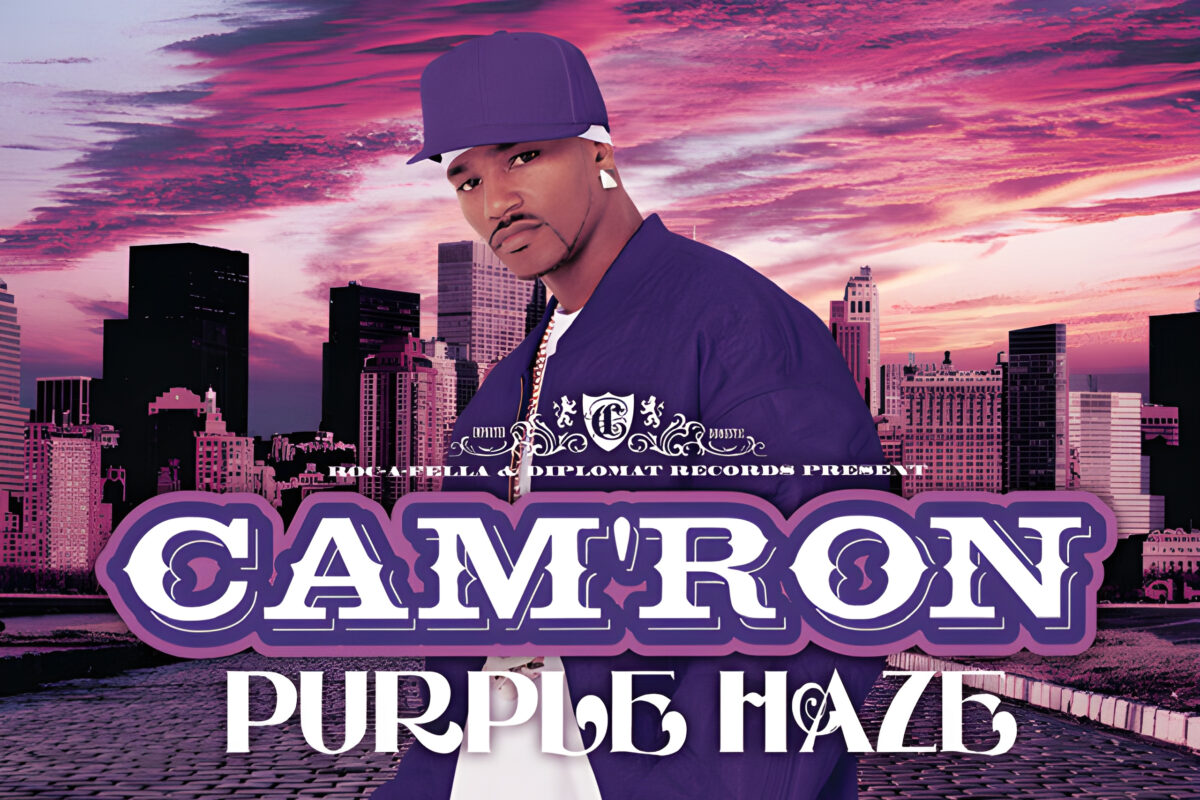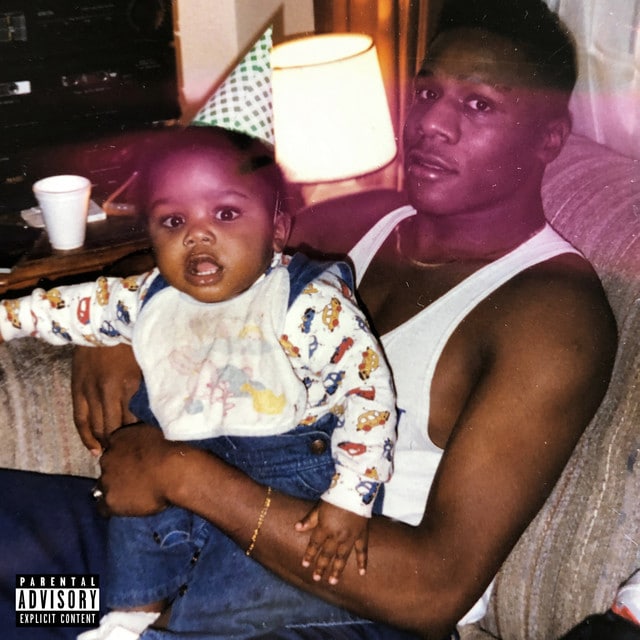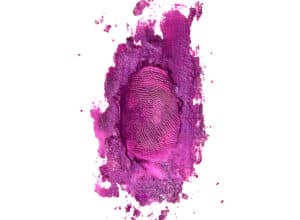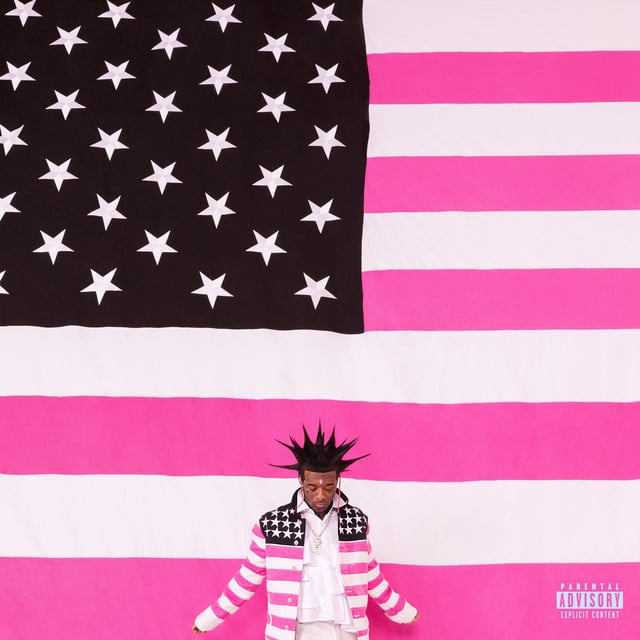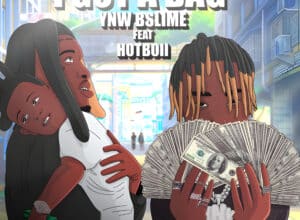Released: 2004
“Killa Cam / Roll That Skit” by Cam’ron, a leading figure in the hip-hop world, centers on themes of braggadocio, street life, and self-confidence. With Cam’ron’s trademark wit and clever wordplay, the song illustrates the lifestyle and mindset of a rapper deeply rooted in the streets, filled with bravado and luxurious exploits.
The hook, repeating “Killa Kam” numerous times, sets the tone of the song and asserts Cam’ron’s alter ego as ‘Killa.’ This repetitive chant acts almost like a hypnotic mantra, embedding Cam’ron’s nickname into the listener’s consciousness. The repetition emphasizes his presence, as well as a sense of pride and ownership over his reputation and his impact in the hip-hop scene.
In the first verse, Cam’ron highlights his roots in a crime-heavy environment with a casual, matter-of-fact tone. His lines, “Doggy I’m from the land of crime,” showcase his comfort and experience in navigating this world. His reference to ‘hammertime’ cleverly contrasts the iconic dance phrase with wielding firearms, using the homophone to juxtapose street life with pop culture.
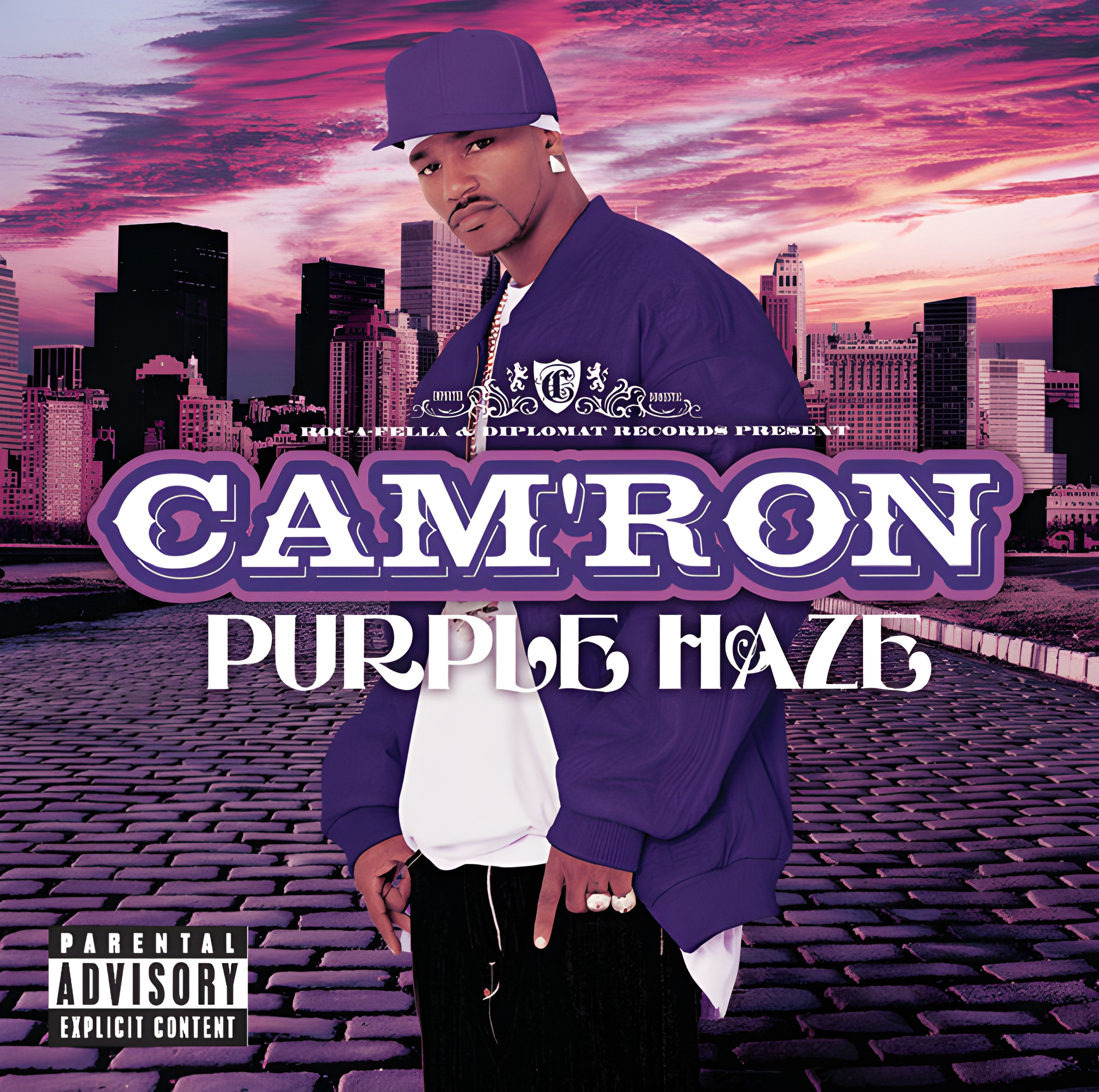
The verse continues with mentions of jewelry and wealth, showing his rise from a tough background to opulence. He describes his diamond jewelry with creative language, “canary burgundy, I call it lemon red,” a metaphor that captures the flashy, attention-grabbing nature of his accessories, making sure the listener visualizes his success through his possessions.
Cam’ron plays with language effortlessly in the chorus as he alternates between street colloquialisms and his signature swag. Lines such as “you want happy scrappy, I got pataki at me,” employ humor and street slang to reflect both the desirability and the perceived brashness of his persona, indicating that people expect extravagance and unpredictability from him.
He goes on to highlight the harsh realities and entrepreneurial spirit within Harlem, mentioning famous personalities like Nicky Barnes and infamous hustling tactics, creating a juxtaposition between illicit street fame and his legitimate success. This section reflects his respect for the cultural and criminal heritage of his hometown, painting Harlem as both a battleground and a nurturing ground for ambition.
The latter verses keep the listener engaged with intricate wordplay and stories of illicit gains. His pride in drug trade ventures is cloaked in metaphor, “Flip birds, birds gang, it was birds I flew,” showcasing the word ‘birds’ to refer both to women and drugs. His versatility and intelligence are front and center here, as he interchanges topics seamlessly, weaving in crime and lavish lifestyle without missing a beat.
With a confident stride, Cam’ron blends charm and grit as he mentions expensive fashion brands, asserting a luxurious lifestyle achieved through the spoils of his street acumen. He effectively places himself above rivals with a cheeky disdain for their lack of style and hustle, creating an image of the ‘untouchable kingpin.’
As the song progresses towards the end, Cam’ron references various narcotics, tying the rap narrative back to its roots in Harlem’s infamous drug culture. His confident bravado sees him declare dominance in both music and street hustling with seamless finesse, intertwining reality with rap mythos. This draws listeners into a world that blurs the lines between art and life, leaving an impactful image of the ‘Killa Cam’ persona.
In summary, “Killa Cam / Roll That Skit” stands as an exemplar of Cam’ron’s style and identity. It’s a proclamation of power, resilience, and mastery over both his artistic craft and his environment. The historical and cultural references interspersed throughout add depth to his portrayal as a staple of the Harlem scene, embedding this track in the wider tapestry of hip-hop lore and leaving an indelible mark on his audience.
